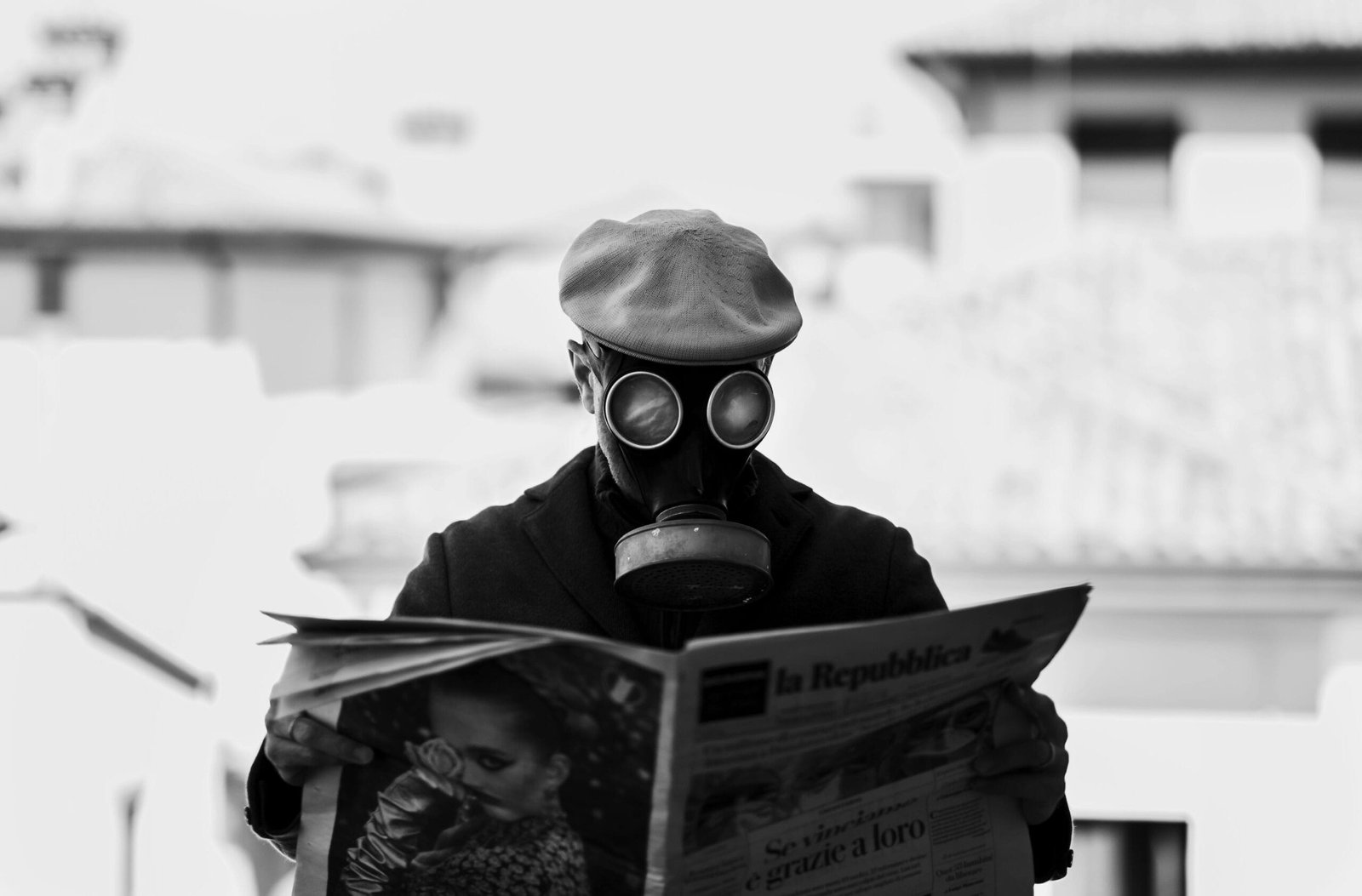
Air Pollution in Delhi: Causes, Effects, and Solutions for a Healthier Future
Delhi is ranked as one of the most polluted cities in the world, with Air Quality Index (AQI) levels often breaching the hazardous limit. A study by the World Health Organization (WHO) indicates that Delhi’s air pollution contributes significantly to health crises like respiratory and cardiovascular diseases.
Air pollution in Delhi has become a public health emergency, affecting millions. Beyond its impact on health, it disrupts daily life, reduces visibility, and damages the environment. In this blog, we’ll explore the major causes of air pollution, its effects on health and the environment, and practical solutions for a cleaner and healthier Delhi.
Causes of Air Pollution in Delhi
A. Vehicle Emissions
- Delhi’s rapidly growing population has led to a surge in the number of vehicles, making transportation a major contributor to air pollution. Vehicle emissions release harmful pollutants like carbon monoxide (CO), nitrogen oxides (NOx), and particulate matter (PM2.5 and PM10), which degrade air quality. Traffic congestion further exacerbates the problem by increasing idle emissions.
B. Industrial Pollution
- Industries and power plants located in and around Delhi release large amounts of pollutants, including sulfur dioxide (SO2) and toxic fumes, into the air. Many factories still rely on coal and diesel generators, which contribute to both air and noise pollution.
C. Construction Dust
- Delhi’s booming real estate sector leads to constant construction and demolition activities. Dust from these activities, combined with unregulated transport of construction materials, adds significantly to the PM10 levels in the air.
D. Stubble Burning
- Seasonal stubble burning in neighboring states like Punjab and Haryana is a major factor during winter months. Crop residue burning releases massive amounts of particulate matter and carbon dioxide, which travel to Delhi, creating thick smog and worsening air quality.
E. Firecrackers
- During festive seasons like Diwali, the use of firecrackers causes a sudden spike in air pollution. The smoke from firecrackers contains toxic chemicals, which drastically increase PM2.5 levels, leading to hazardous air conditions.
Effects of Air Pollution on Health and Environment
A. Health Effects
- Short-Term Impacts: Increased cases of coughing, wheezing, throat irritation, and eye discomfort.
- Long-Term Impacts: Chronic diseases such as asthma, lung cancer, and cardiovascular issues.
- Vulnerable Groups: Children, the elderly, and individuals with pre-existing health conditions suffer the most from the deteriorating air quality.
B. Environmental Effects
- Reduced Visibility: Smog reduces visibility, causing transportation disruptions and road accidents.
- Damage to Ecosystems: Pollutants harm trees, animals, and water bodies. Acid rain, caused by SO2 and NOx emissions, damages crops and soil.
- Effect on Heritage: Pollutants corrode iconic structures like the Taj Mahal, turning its marble yellow.
Air Quality Index (AQI) Trends in Delhi
The AQI is a measure of air quality based on pollutants such as PM2.5, PM10, NOx, and CO. An AQI above 100 indicates unhealthy air, while levels above 300 are hazardous.
Recent AQI data shows a sharp increase during winter months due to a combination of stubble burning, vehicular emissions, and lower wind speeds. Comparatively, Delhi’s AQI remains much worse than cities like Mumbai or Bengaluru and far exceeds WHO-recommended safe limits.
Government Measures to Combat Air Pollution
A. Odd-Even Scheme
- Implemented to reduce vehicular traffic, this scheme alternates vehicle use based on registration numbers. It has shown moderate success in lowering pollution temporarily.
B. Ban on Firecrackers
- The Delhi government has imposed bans on firecrackers during Diwali and other festivals to reduce the pollution spike. Strict enforcement remains a challenge.
C. Anti-Smog Guns
- Anti-smog guns spray water mist to settle dust particles, especially at construction sites, helping to reduce localized air pollution.
D. Promotion of EVs
- Subsidies and awareness campaigns are encouraging the adoption of electric vehicles (EVs), which produce zero emissions and are more sustainable than traditional vehicles.
Solutions and How Individuals Can Help
Government Solutions Needed
- Invest in renewable energy like solar and wind to reduce reliance on fossil fuels.
- Expand and improve public transport to encourage its use over private vehicles.
- Strictly enforce emission norms for industries and vehicles.
Individual Actions
- Carpool or Use Public Transport: Reduce the number of vehicles on the road.
- Avoid Waste Burning: Use composting to manage organic waste instead.
- Plant Trees: Participate in tree-planting drives to increase greenery and absorb pollutants.
- Use Air Purifiers: Improve indoor air quality with purifiers, especially during high pollution days.
- Educate and Inspire: Spread awareness about air pollution and sustainable practices within your community.
Conclusion
Air pollution in Delhi is a multi-faceted problem that requires a collective effort to solve. While government policies and technological advancements are crucial, individuals can play a significant role by adopting eco-friendly habits and spreading awareness. Together, we can tackle this crisis and create a healthier, cleaner Delhi. Let’s start today!
Dont Hesitate To Contact Us
We’re here to help! If you have any questions, feedback, or need assistance, please feel free to reach out.


